Hey there!
Did you know that S-kin Studio was created when Chi, our founder, was gifted a piece of gold-plated jewelry from a popular jewelry brand by her partner, and experienced breakage, tarnishing and irritation within the first week of wear?
So we wanted to write a run down on the most popular materials used in jewelry, and what they all mean so you know what you're getting into when buying jewelry online.

First of all, let's talk gold.
Did you know that there are more than 9 different types of gold? When you shop online, and all the description says is 'gold', more than likely it is gold plated or some alloy that has little to none pure gold.
Gold purity is defined by its karatage (or more well known as carat). Solid gold (or 100% gold) is too soft for any type of jewelry, so 'gold' usually refers to an alloy, which is a mixture of gold and some other metal.
So how much gold exactly is in my jewelry?
24 karat = 100% gold
Too soft for fine jewelry
22 karat = 91.7% gold
Too soft for fine jewelry
18 karat = 75.0% gold
Ideal for fine jewelry
14 karat = 58.3% gold
Ideal for fine jewelry
10 karat = 41.7% gold
Ideal for fine jewelry
14k/20 Gold filled = 5% gold
Ideal for fine jewelry
Gold vermeil = 0.5-1% gold
Not suitable for fine jewelry
Gold plated = 0.05% gold
Not suitable for fine jewelry
What determines the colour of my gold jewelry?
You might have heard about rose gold, or white gold. The color of gold is determined by two factors:
- The type of metal alloys included
- The percentage of each metal alloy
Natural gold and color-saturated alloys are what give yellow gold jewelry its rich shine. The alloys most commonly used, are copper with a red hue, and silver featuring a green hue. An expert mixture of copper, silver and pure gold gives this precious metal its signature warmth.
A silvery white character is what makes white gold jewelry so appealing. In order to make the gold white, it is combined with metal alloys that are white in nature and plated with an extremely hard element called rhodium. Although strong, rhodium may wear away over time. Replating is a simple process that can be done to restore whiteness to your jewelry.
The beautiful pink hue of rose gold jewelry is created by using a copper alloy. Again, the overall percentages of metal alloys is the same for rose gold as it is for yellow or white, there is just a different mixture in what alloys are used.
What if the website doesn't state the karatage?
Normally, if there is no karatage mentioned, the layer of gold is either just a colour imitation and not actually gold, or is one of the below:
Gold plated
Contains 0.03-0.05% solid gold, and is done by a process of electroplating. The gold is not actually binded onto the base metal (usually brass, copper, or nickel component), and fades/tarnishes very quickly with use. Gold plated is suitable for fashion or trendy jewelry and good to test out new styles and for short wears.
Gold filled
Contains 5% of solid gold, and is done by a process of heat bonding. The layer of gold (usually 2-3 microns or more depending on weight), is permanently bonded with heat and pressure onto the base metal (usually brass, or sterling silver). Gold-filled pieces can still tarnish, but it takes special circumstances for that to happen, like excessive and rough use. Even though it’s an alloy, the thick layer on gold-filled pieces prevents tarnishing, because pure gold doesn’t tarnish. Gold filled jewelry is suitable for every day wear, just like solid gold, but without the price tag.
Gold vermeil
Contains 0.5-1% solid gold, and is done by a process of electroplating, similar to gold plated. The main difference with gold vermeil is the base layer, which is sterling silver (which in itself is also an alloy). Gold vermeil is good for fashion jewelry and good for those with sensitivity to nickel, brass or copper present in gold plated jewelry.
If the website you are buying jewelry from doesn't state the above, you are sometimes able to articulate the jewelry type according to price. Usually gold plated are cheapest and more commonly associated with trendy jewellery, followed by gold vermeil and finally gold filled which has the thickest layer of gold.
However, always do your research as gold plated jewelry can still be marked up 10-15x its value and is no where as long lasting as gold filled!

Alright, what if I'm more into silver? What should I look out for when shopping online?
Silver jewelry also has its purity. Below is a couple types of silver that is used in jewelry making and what terminology you should look for.
Fine silver = 99.9% silver
Too soft for fine jewelry
Sterling silver = 92.5% silver
Ideal for fine jewelry
Argentium silver = 92.5% silver
Ideal for fine jewelry
Silver filled = 5-10% silver
Not suitable for fine jewelry
Silver plated = 0.5% silver
Not suitable for fine jewelry
The downside of silver as a metal for jewelry
Pure silver, also called fine silver, is relatively soft, very malleable, and easily damaged so it is commonly combined with other metals to produce a more durable product. The most popular of these alloys is sterling silver, which consists of 92.5 percent silver and 7.5 percent copper. Although any metal can make up the 7.5 percent non-silver portion of sterling, centuries of experimentation have shown copper to be its best companion, improving the metal's hardness and durability without affecting its beautiful color.
However, sterling silver is still 92.5% fine silver. Often with finer, more delicate sterling silver jewelry, you will find that over time the silver may become softer and its shape more malleable. It is important to care for your silver to prevent them from losing shape.
Quality indicators for silver jewelry
Silver filled and silver plated are usually of course, easily determinable by price. Sterling silver is the most common type of fine silver jewelry, with argentium jewelry being more expensive due to the additional non-tarnish alloy germanium. Some silver jewelry may also come plated with rhodium, an element that gives the jewelry its strong shiny finish and also doubles as a tarnish resistant layer.
For sterling silver jewelry, the small amount of copper added to sterling has very little effect on the metal's value. Instead, the price of the silver item is affected by the labor involved in making the item, the skill of the craftsperson, and the intricacy of the design.
If you are sensitive to nickel, make sure you are buying sterling silver with no nickel. Often, nickel is used in base metal mixtures and then plated in gold or silver to provide durability. Long exposure to nickel can cause a reaction, so avoid them when you can.
Okay, so I've bought my first piece of fine jewelry but don't know how to take care of it... help!

Caring for your jewelry is just as important as buying the right materials. Even solid gold and fine silver lose lustre over time, and keeping in mind a few care tips can really help prolong the life of your jewellery.
How to care for my S-kin Studio Jewels
Should I be avoiding water?
The short answer is you should. The long answer is, it depends on how you wear jewelry. Are you one who tends to take off jewelry and change up jewelry often? If so, you might be able to get away with dipping your jewelry in water here or there.
If you are an every day jewelry wearer like me, and hardly ever take your jewelry off, I suggest only buying gold filled, sterling silver, or solid gold, so you are able to make contact with water without worry of it tarnishing.
But there are other toxins you SHOULD avoid.
Avoid exposing your jewelry to household chemicals when cleaning with bleach or ammonia, or when swimming in chlorinated water, as these chemicals can damage the metal. Any other acids should also be avoided, such as perfume or sprays and any type of acidic materials as your metals could react and change colour over time.
And a couple last tips to help your jewelry last a long time.
With proper care, your fine jewelry pieces will last a lifetime. To minimize scratches and other damage, store your fine jewelry either in a cloth pouch or in a separate compartment in your jewelry box. Avoid dinging your jewelry on hard surfaces (remember, both solid gold and fine silver are very soft).
Try to clean your jewelry every few months to keep them in tip top shape. You have no idea how many times I've forgotten to take my rings off when baking or cooking with my hands! Just use a warm cloth, water and soap to clean your gold filled or sterling silver jewelry.
I hope this blog post was helpful! S-kin is all about helping you making the right decision when buying jewelry online, and I hope this was informative for you in doing so. While you're here, check out our range of gold filled and sterling silver jewelry!

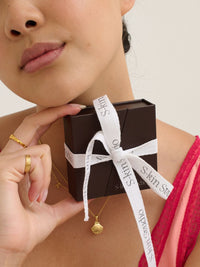
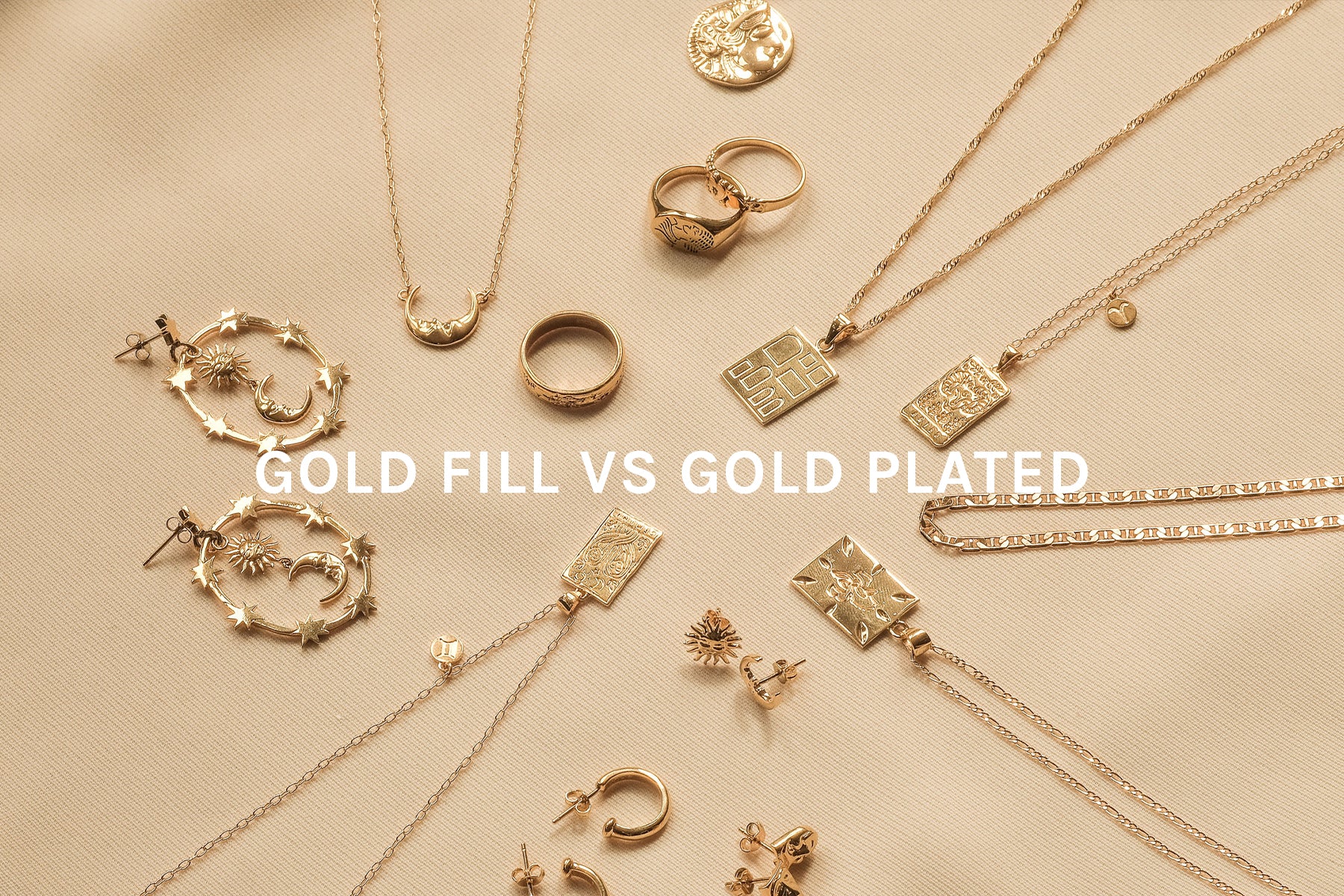




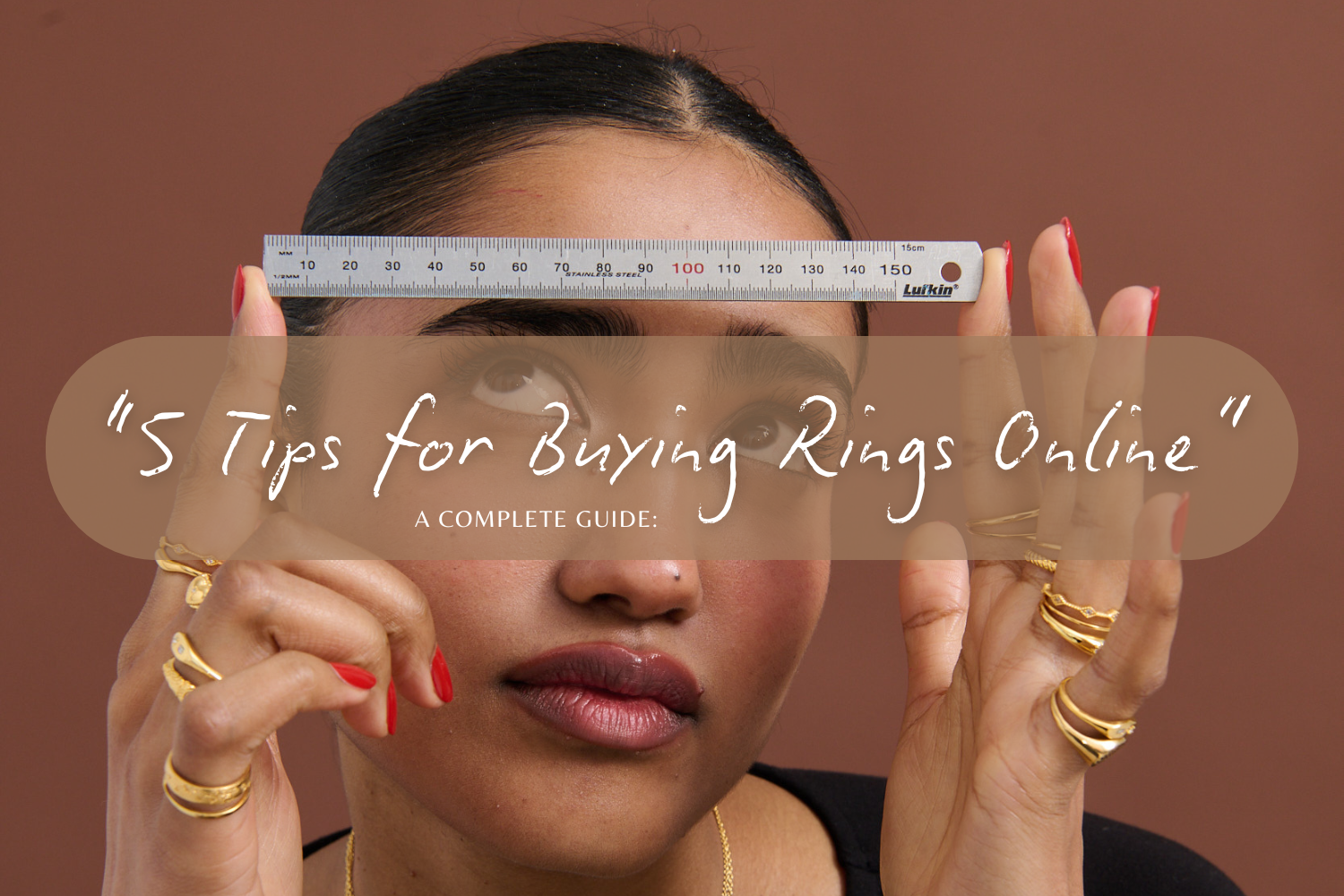

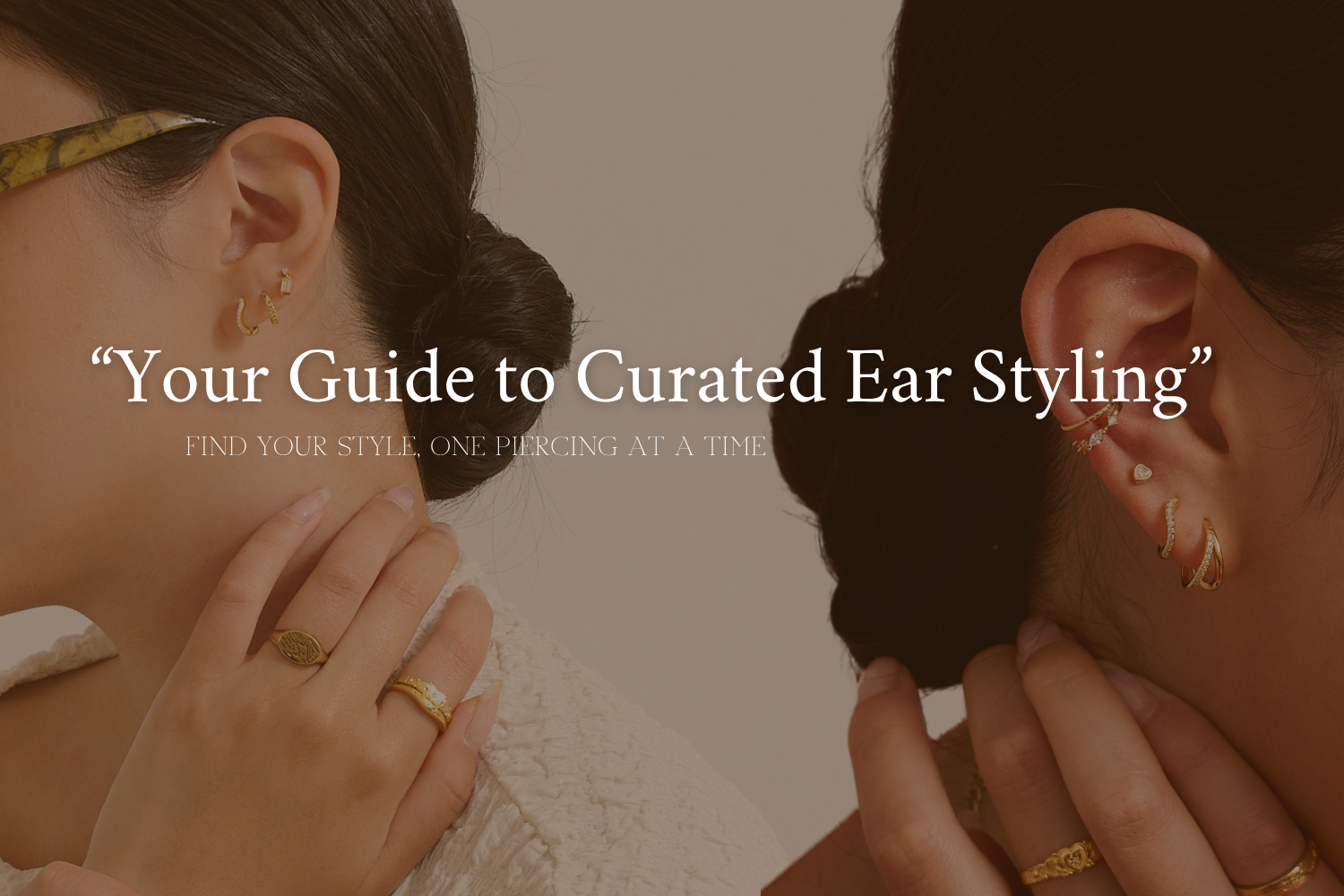
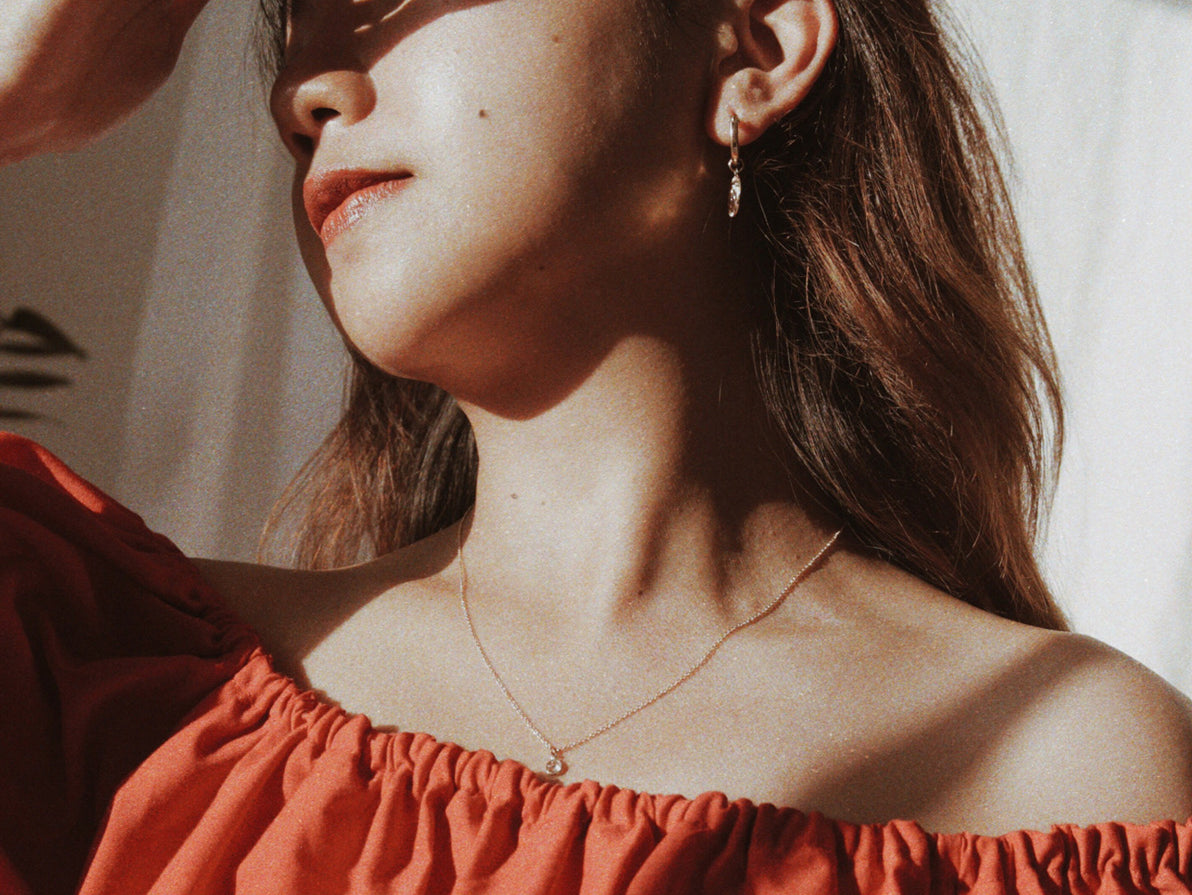
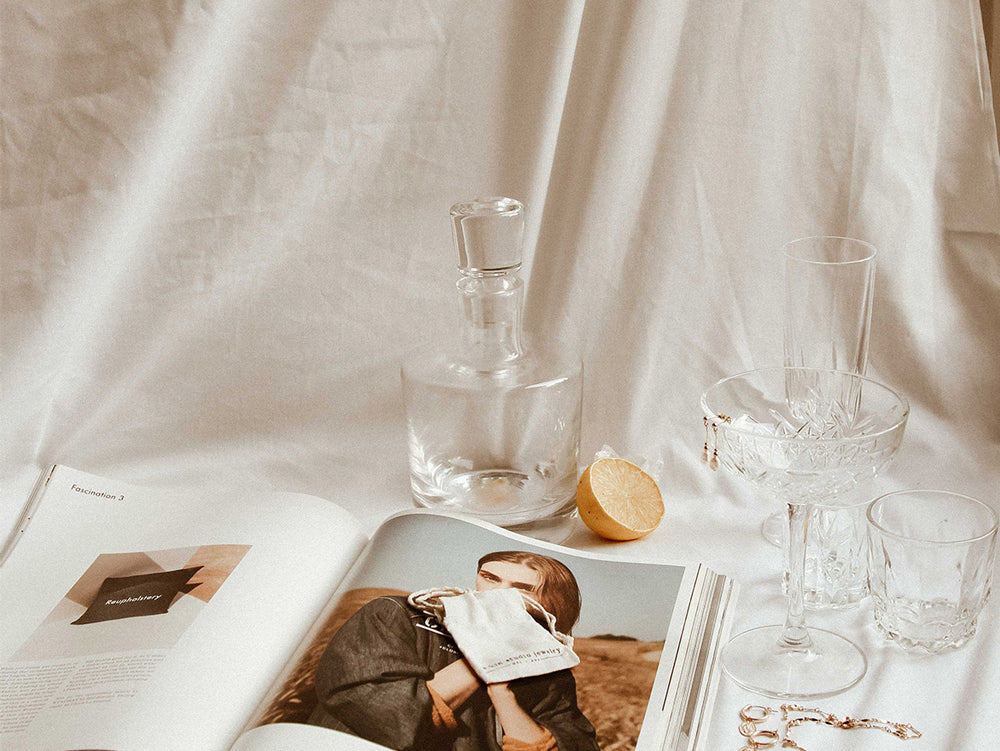
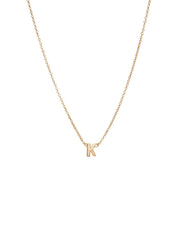
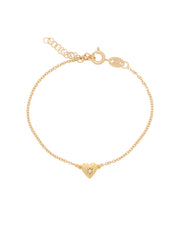
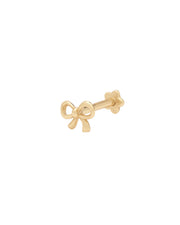
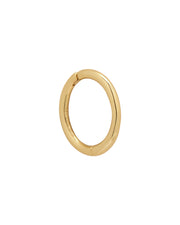
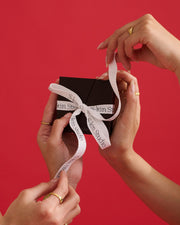
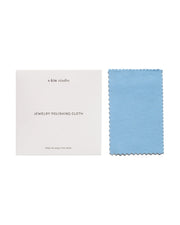
Leave a comment